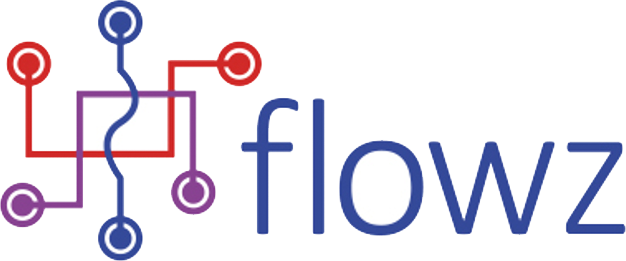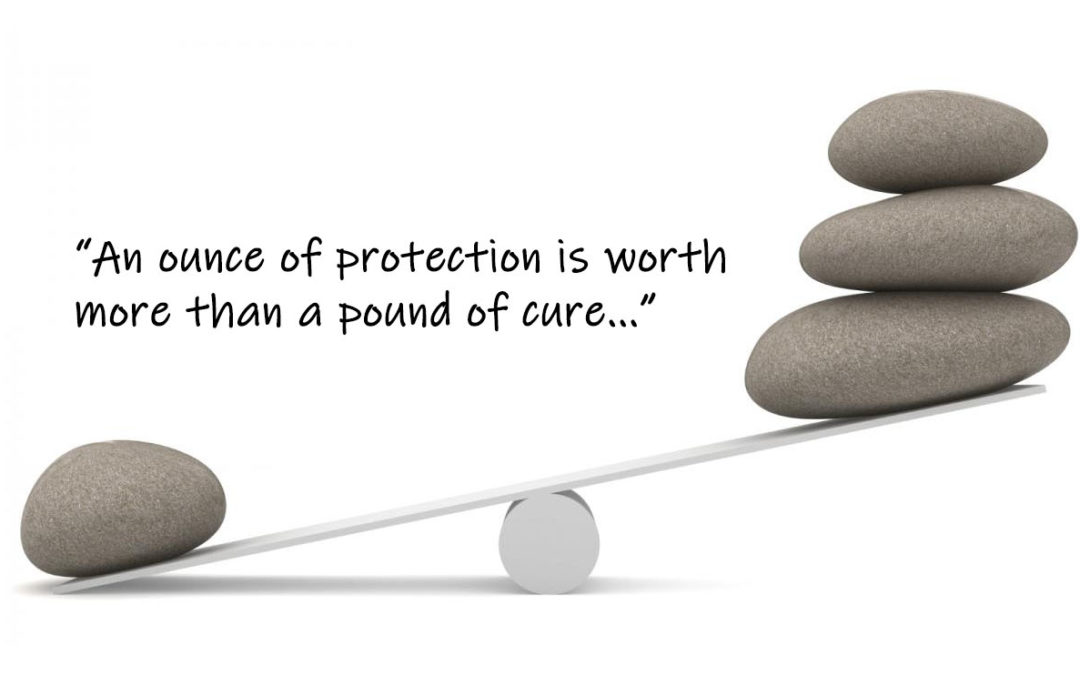GDPR is not the end of civilisation as we know it, but organisations could be forgiven for feeling as though it was, given the way the technology vendors have been presenting it to them. While vendors are emphasising that it’s a major technology challenge that the healthcare industry needs to address, in reality, practicing GDPR-level data management is something that any good healthcare organisation should already be doing.
However, it appears many healthcare organisations are still struggling to wrap their heads around compliance and establishing a consistent and thorough response to the challenges.
Although the GDPR applies to all areas of the public and private sectors, some specific laws are exclusively targeted at data concerning health. That is aimed at protecting the rights of data subjects, and privacy of their personal health data, whilst conserving the benefits of using the data, such as digital images for research and public health purposes.
Because of this, the implications are wide-ranging, and are not simply limited to the IT Departments and Freedom of Information custodians, instead they span all clinical and support departments that interact with patients and carers.
Maximise the Value of your Data
The GDPR has offered an opportunity for healthcare organisations to maximise the value of data in the delivering of patient care. Being GDPR compliant is not just about avoiding punitive fines or reputational damage caused by data breaches or loss. Healthcare professionals should recognise it as a unique opportunity to identify where, why and how data is collected, stored, protected and secured.
The initiative will require all organisations to ensure they are reviewing workflows and operational procedures as a matter of importance, which will in turn lead to a better understanding of where data resides and the current restrictions of its use.
Only by understanding the scope of the data can organisations truly maximise the real value of the data that sits inside departmental and application silos. Being able to harness this data and have it to hand will mean enormous benefits for the organisation, particularly in the delivery of better-quality patient care and more effective resource utilisation.
Improve Patient Care
Now is the time for healthcare organisations to achieve the ideal crossroads between data and patient care: patient data. This can be presented as valuable information, accessible in a timely manner and in a format that is comprehensive to the clinicians.
The drive for clinical and operational efficiency and effectiveness lies at the heart of the digital transformation journey that healthcare organisations are currently undertaking. By consolidating data into a manageable and centrally controlled environment to meet the requirements of GDPR, healthcare organisations can:
- Tackle the proliferation of silos of unorganised, unshared data and move towards the production of valuable information.
- Retire legacy applications that continue to consume significant resources merely to maintain old data, and invest what is recovered into new, more patient-centric software.
- Move towards an all-rounded view of a patient that can be shared both within the organisation and also between other providers of care and social services.
At an enterprise technology level, there is substantial opportunity to increase effectiveness by consolidating and streamlining backup and recovery regimes. This can reduce the number of copies of the data that exist, while safely leveraging the capabilities offered by both private and public cloud. This type of modernisation also ensures genuine business continuity capabilities in the event of ransomware and other cyber threats going forward.
Although challenging, the GDPR requirements may have just been the catalyst the healthcare industry needs in order to move towards the collection of valuable, clinically-relevant data that can be used for driving improved outcomes, reflective analytics and more effective resource utilisation for the benefit of all.
Written by Nigel Tozer – Commvault – July 2018
Read the original article here.

